- Home
- Radon FAQ
- Passive Radon System Troubshoot
- Radon Mitigation
Radon Mitigation Techniques
Treating radon can be amazingly effective!
Great results using radon mitigation, can be achieved no matter what type of home you live in. The best solution is to stop radon from entering your home in the first place.
Other ways of treating radon use the theory of "the solution to pollution is dilution." In rare cases this maybe the best way to perform a mitigation of high radon but more on that later.
Let's start with the the most effective radon removal technique active soil depressurization (ASD).
Active Soil Depressurization
What an ASD radon abatement system achieves is a lower air pressure under the house. Since air moves from high pressure to an area of lower pressure, the radon gas no longer rises into your home.
How is this done?
We suction air out from under the house. You probably have the same thought as many of my customers have...
"You mean to tell me that you are going suck air out of the dirt?" Yes that's how it's done.
A good trained professional can get your radon level down to near 0pCi/L. But most labs will only give results that read <0.3pCi/L since this is about the average outdoor level in the United States.
This principle of depressurization is applied to sump systems and crawlspaces too.
What type of foundation system does your house have?
This will be a key factor in finding the best way to mitigate your radon issue. You may even have a combination of foundation types.
Your radon mitigator will take this in to account as he or she designs
a system for your particular style of foundation.

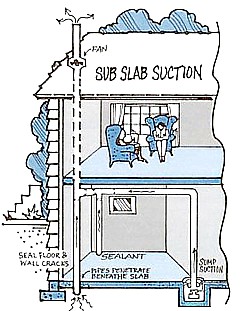
The basic procedure is to...
- Find a spot in your basement slab to drill and then dig out a radon suction pit. Find out how to do this step by step.
- Insert a pipe into the floor of the basement. With a dirt crawlspace, the area is sealed with a special poly and suction applied beneath it.
- Find a way to run this pipe to the roof.
- Install a radon fan outside of the living space of the house to draw air from under the house. The garage or attic is a great location.
- Sump pump basins need to be sealed.
- Seal all cracks, holes in the floor and walls to inhibit the loss of conditioned air from the home. Watch this video to see how much this really helps to lower your radon levels.
- A warning device is installed to let you know if the fan has failed. One of the most common is a radon manometer.
- System labels will be placed on each level of the home.
- Perform a back draft assessment of the homes combustion type appliances to assure that no CO gas spillage can occur.
- When a radon repair is completed the contractor will provide you with a short-term test kit to verify the results of the radon mitigation.
Heat Recovery Ventilator (HRV)
Only used when the solution to pollution has to be dilution.

These can be installed to increase ventilation which will help reduce the radon levels in your home. An HRV will increase ventilation by introducing outdoor air while using the heated or cooled air being exhausted to warm or cool the incoming air.
HRVs can be designed to ventilate all or part of your home, although they are more effective in reducing radon levels when used to ventilate only the basement.
If properly balanced and maintained, they ensure a constant degree of ventilation throughout the year. HRVs also can improve air quality in houses that have other indoor pollutants. There could be significant increase in the heating and cooling costs with an HRV, but not as great as ventilation without heat recovery.
The mitigation of high radon levels cannot be accomplished with HRVs. A reduction of only about 50%-75% can be expected. So if a long term level of 12pCi/L or higher was recorded, this would not be an acceptable radon reduction technique.
Need an Expert?
Need a Radon Mitigation Technician to have a radon
abatement preformed? Look for a certified pro!
Are you a
Do-it-Yourselfer?
You might want to consider doing a radon mitigation yourself.
Learn
how my program works...
Croix Valley Radon Mitigation (that's us!) provides services in
western Wisconsin and eastern Minnesota, USA.
More Radon Reduction Information
Radon Mitigation Diagrams & Photos | Radon Mitigation Design Considerations | Vent Pipe Guidelines | Choosing a Radon Fan | Radon and Crawl Spaces | Radon and Sumps | Radon Manometer

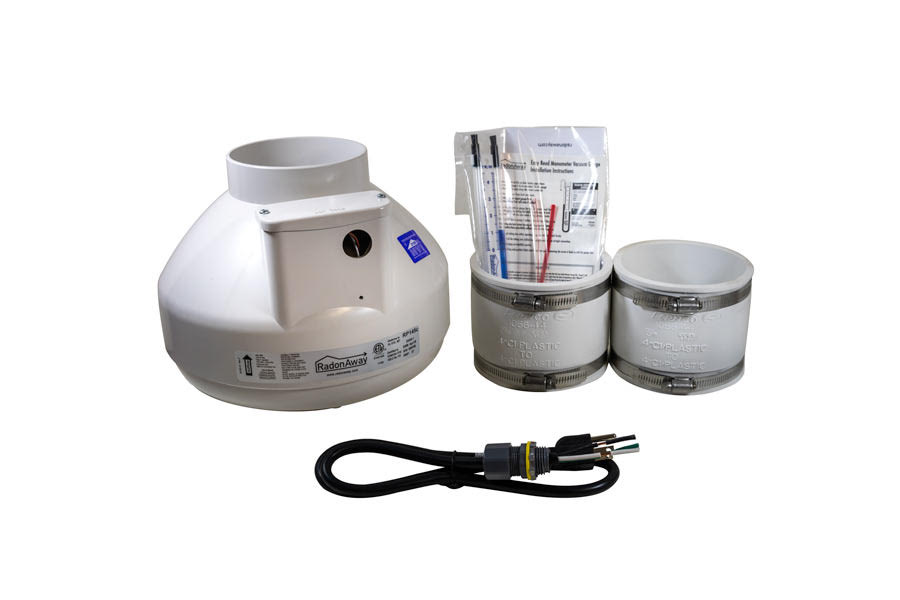


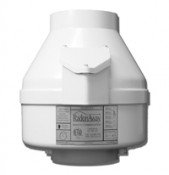
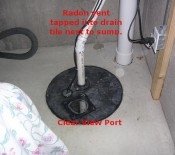
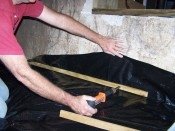

New! Comments
Have your say about what you just read! Leave me a comment in the box below.